Orange Sea Pen
Common name: Orange Sea Pen
Scientific name: Ptilosarcus gurneyi
Size range: up to 48cm (19 inches) tall
Habitat
Sea Pens are completely underwater animals so you won’t find them in any waters under 10 meters at least. They prefer deep water and are usually found at depths that range from 45 to 225ft. They burrow their stalks into the mud or substrate on the sea floor, but for the first part of their life after fertilization they actually float in the water before planting themselves in the sea floor. Sea Pens can often be found in abundance in harbors, sheltered areas close to shore off in deeper waters but they are located all over the world! They can be found in the Pacific and Indian oceans, or in Europe and Mediterranean.
Life Cycle
Sea Pens are made up of colonies of polyps that are separate sexes. Some of the polyps are male and some are female. Fertilization takes place outside the Sea Pen. The eggs and sperm are released and meet in the water. Once the egg is fertilized it will develop into a larva which will actually float in the water for a short time before rooting into the seafloor. They can grow very old; more than 100 years and the age can be indicated by growth rings (much like a tree).
Description
Sea Pens are given their name based on their shape: named after old style writing quills the Sea Pen lives up to its name. It is shaped very much like a feather. Its long and slender (made from the primary polyp) and has feather-like branches (made up from the secondary polyps). They stand upright and occur in a variety of colours but most are orange.
Feeding Habits
Sea Pens have limited ways to feed considering how they maneuver themselves into the sand and are permanently stuck there. They feed through passive predation catching food such as zooplankton with the tentacles of their polyps. As a result their main way to adsorb nutrition is through this form of suspension feeding.
Predators
The main predators of the sea star are nudibranch’s and sea stars. The types of nudibranch’s that attack the Sea Pen are Armina loveni, Tritonia festiva and Hermissenda crassicornis. The Armina Loveni are specialized for hunting the Sea Pen. Other Predators of the Sea Pen are prawn trawlers and dredgers, because as mentioned before they can be found in man-made harbors as well as along the ocean floor just where these prawn trawlers would be. To protect themselves they will burrow into the dirt or force water out of themselves.
Behavior
Sea pens have very limited ways of protecting and expressing themselves but they do have a few technique. First of all when threatened they can push water out and burrow into the sand to protect themselves. One odd thing they can do though is project a luminescent green liquid if they are disturbed!
References
Atkinson and Pullin. (1996).Life Cycle and Population Dynamics. Retrieved January 5th 2009 fromwww.ukmarinesac.org
Bay Science Foundation. (2004-5). Ptilosarcus gurneyi. Retrieved January 6 2009 from Zipcodezoo.com
BBC. Sea Pen. Retrieved January 6 2009 from www.bbc.co.uk
Columbia Encyclopedia. (2008). Sea Pen. Retrieved January 10th 2009 from www.encyclopedia.com
Encyclopedia.(2009). Sea Pens. Retrieved January 10th 2009 fromwww.absoluteastronomy.com
Joshua Columbus.(Dec.2002). The Race Rocks Taxonomy “Ptilosarcus Gurneyi”. Retrieved Jan 11th2009 from www.racerocks.com
Monterey Bay Aquarium Foundation. (1991-2010). Sea Pen. Retrieved on January 11th, 2009 fromwww.montereybayaquarium.org
Sea Pen. Retrieved on January 7th from www.bbc.co.uk
Sea Pen. Retrieved January 12th 2009 www.seaotter.com
Photographs by D. Young
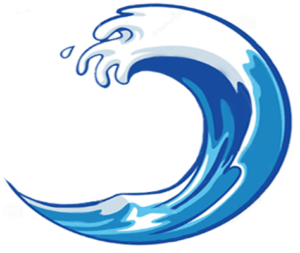

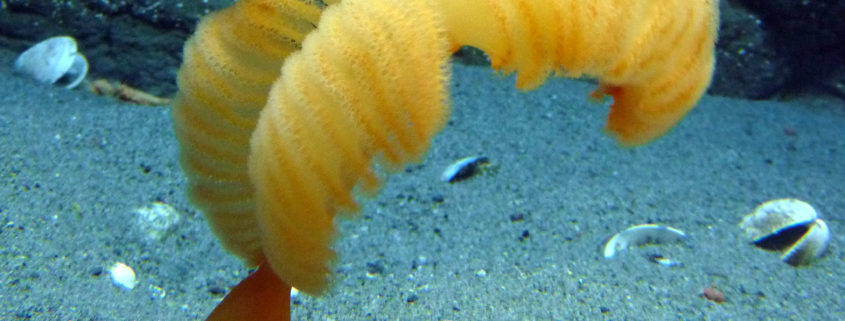
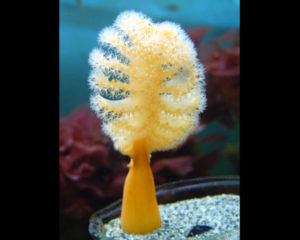
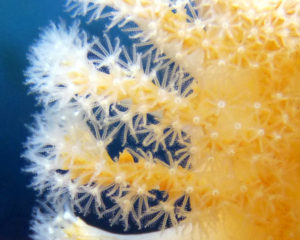
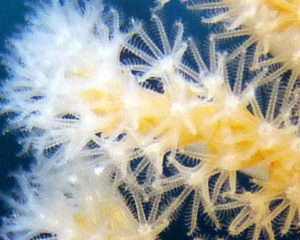
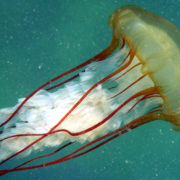
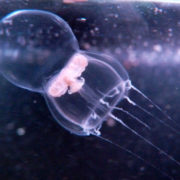
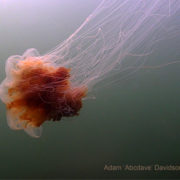


Leave a Reply
Want to join the discussion?Feel free to contribute!